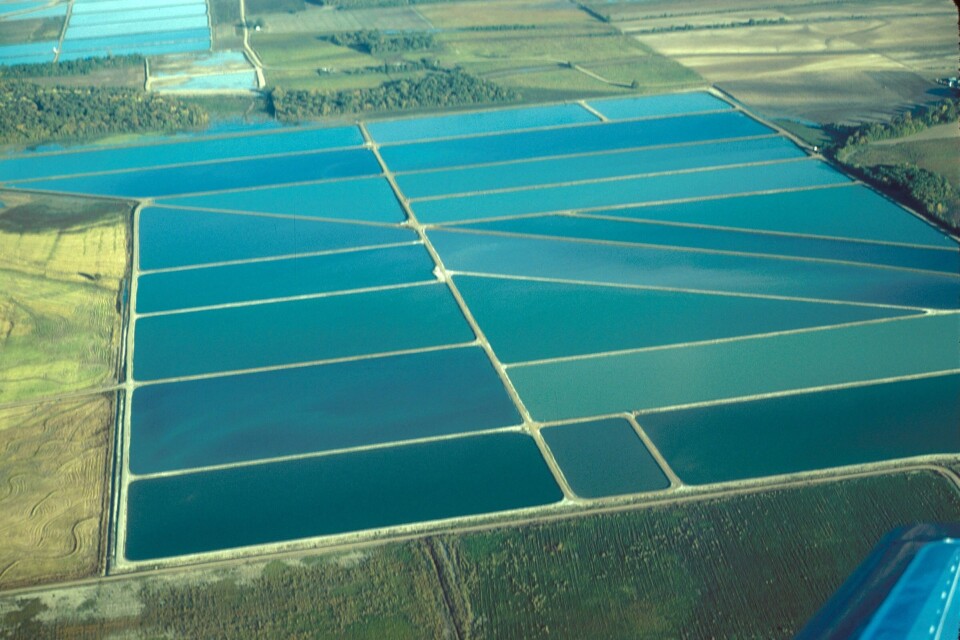
US catfish farmers looking at algae production
"Nimble aquaculturists adapt to economic conditions and opportunities", reports Bill Manci of the Gerson Lehman Group;
During the 1950's, rice farmers in the South sought a new use for rice fields as their yields fell. In a stroke of genius, the farmers decided to raise catfish as a rotation crop for rice within rice paddies--what we now call catfish ponds. The marriage of rice and catfish is perfect. Rice yields fall as the plants strip nutrients from the pond soils. After a few years, planting more rice is difficult to justify without the use of expensive fertilizers. When rice crops are rotated with catfish, pond fertility is restored as the catfish consume feeds and deposit wastes on pond bottoms. Not only is fertility restored for future rice production, but you have produced a valuable crop of catfish in the process. As catfish producers and other fish producers seek to further diversify their operations, biofuel companies may become the next market for catfish producers. Following the rice/catfish model, fish farmers now see algae and the biodiesel that can be produced from it as a logical way to strip ponds of excess nutrients and sell a high-value product in one stroke. The Obama administration's emphasis on energy independence and the move away from petroleum has sparked an algae and biodiesel revolution. More than a few companies have converted from the production of fish to algae, or double-crop their facility to take advantage of the new initiatives. This shift not only diversifies their operations, but helps to alleviate or eliminate fertile wastewater as a potential source of downstream pollution. This adaptation once again demonstrates the versatility of aquaculture, and highlights its importance to the overall strength of our economic system. Aquaculture has been, and continues to be, one of the fastest growing segments of the U.S. agricultural economy--whether that means the production of fish, rice, or algae.






















































